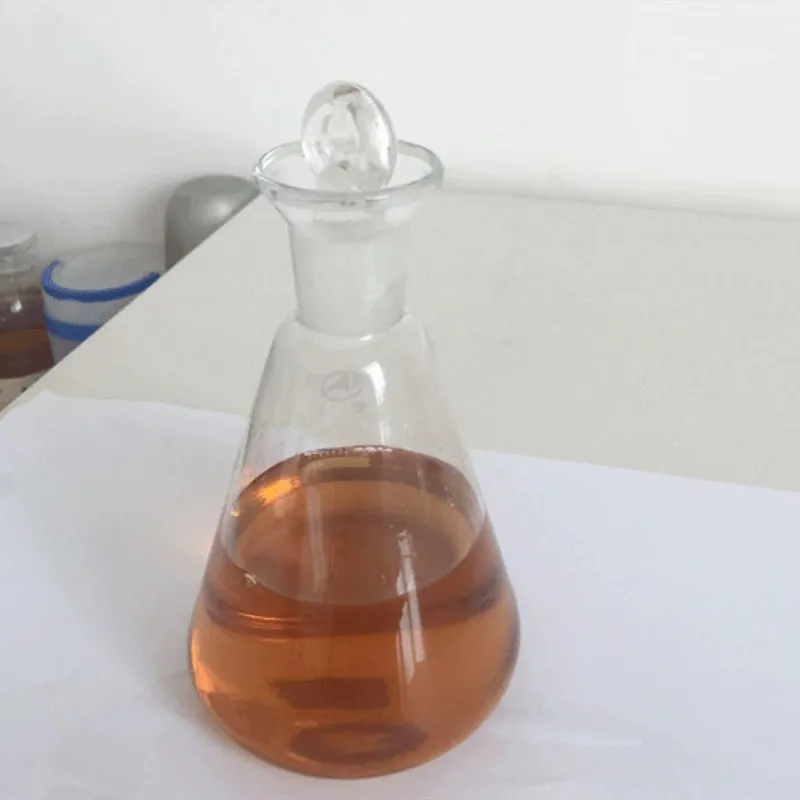
Exploring the Uses and Effects of E452 Food Additives in Modern Cuisine
Understanding E452 Food Additives A Comprehensive Overview
Food additives have become an integral part of the modern food industry, serving various purposes from enhancing flavor to preserving freshness. Among these additives, E452, commonly known as polyphosphates, plays a significant role in a diverse range of food products. This article will explore what E452 is, its functions, safety considerations, and its presence in everyday foods.
What is E452?
E452 refers to a group of food additives classified as polyphosphates, which are the salts or esters of polyphosphoric acid. They are primarily made by processing phosphorus and are used in various forms, including sodium, potassium, calcium, or ammonium salts. The E number system is utilized in many countries to identify food additives, making it easier for consumers to recognize their presence in food products. E452 encompasses several types, including E452(i) (sodium polyphosphate), E452(ii) (potassium polyphosphate), and E452(iii) (calcium polyphosphate), among others.
Functions of E452
Polyphosphates serve multiple functions in food processing and preservation
1. Emulsification E452 is commonly used as an emulsifier, helping to blend ingredients that normally do not mix, such as oil and water. This property is particularly beneficial in products like salad dressings, sauces, and spreads.
2. Moisture Retention The ability of polyphosphates to retain moisture is vital in preventing food from drying out. This characteristic is particularly useful in processed meats and dairy products, ensuring they remain succulent and fresh over time.
3. Stabilization E452 aids in stabilizing protein-rich foods, maintaining their texture and appearance during processing and storage. For example, it is often used in cheese production to improve melting properties.
4. pH Control E452 can also help regulate acidity levels in foods, contributing to the overall flavor profile and shelf-life of the products.
e452 food additive

5. Antioxidant Properties Some forms of polyphosphates can act as antioxidants, inhibiting the oxidation of fats and oils, which helps to prolong the freshness and safety of certain food items.
Safety Considerations
The use of E452 in food products has been a topic of extensive research and regulatory scrutiny. Generally, polyphosphates are considered safe for consumption when used within established limits set by food safety authorities like the European Food Safety Authority (EFSA) and the U.S. Food and Drug Administration (FDA). However, excessive intake of phosphates can lead to health concerns, particularly for individuals with kidney issues or those on phosphate-restricted diets.
It is crucial for consumers to be aware of the potential risks associated with overconsumption of additives in processed foods. Moderation is key, and it is essential to have a balanced diet that primarily consists of whole, unprocessed foods.
Presence in Everyday Foods
E452 is commonly found in a variety of food products that many people consume daily. Some examples include
- Processed Meats Sausages, ham, and other deli meats often contain polyphosphates to maintain moisture and improve texture. - Dairy Products Cheese spreads and some types of processed cheese utilize E452 for better melting and spreading characteristics. - Baked Goods Certain bread and pastry products may include polyphosphates to enhance dough stability and shelf-life. - Frozen Foods Many frozen meals rely on E452 to preserve flavor and texture during freezing.
Conclusion
E452 food additives, or polyphosphates, play a pivotal role in the food industry by enhancing the quality, safety, and longevity of various products. While they offer numerous benefits, it is essential for consumers to be mindful of their presence and potential health implications. By maintaining a balanced diet focused on whole foods, individuals can enjoy the advantages of modern food technology while minimizing risks associated with additives.
-
The Safety Challenges of Ammonium Nitrate FertilizerNewsJun.26,2025
-
The Critical Role of Mining ChemicalsNewsJun.26,2025
-
Shelf Life of Glacial Acetic Acid Food GradeNewsJun.26,2025
-
Enhancing PVC Longevity with 1,2,3-Benzotriazole InnovationsNewsJun.26,2025
-
China’s Dominance in Food Additive ProductionNewsJun.26,2025
-
Can Aluminum Hydroxide Replace More Toxic Alternatives?NewsJun.26,2025
-
PE and PP Plastics with Benzotriazole AdditivesNewsJun.12,2025
Hebei Tenger Chemical Technology Co., Ltd. focuses on the chemical industry and is committed to the export service of chemical raw materials.
-

view more DiethanolisopropanolamineIn the ever-growing field of chemical solutions, diethanolisopropanolamine (DEIPA) stands out as a versatile and important compound. Due to its unique chemical structure and properties, DEIPA is of interest to various industries including construction, personal care, and agriculture. -

view more TriisopropanolamineTriisopropanolamine (TIPA) alkanol amine substance, is a kind of alcohol amine compound with amino and alcohol hydroxyl, and because of its molecules contains both amino and hydroxyl. -

view more Tetramethyl Thiuram DisulfideTetramethyl thiuram disulfide, also known as TMTD, is a white to light-yellow powder with a distinct sulfur-like odor. It is soluble in organic solvents such as benzene, acetone, and ethyl acetate, making it highly versatile for use in different formulations. TMTD is known for its excellent vulcanization acceleration properties, which makes it a key ingredient in the production of rubber products. Additionally, it acts as an effective fungicide and bactericide, making it valuable in agricultural applications. Its high purity and stability ensure consistent performance, making it a preferred choice for manufacturers across various industries.











